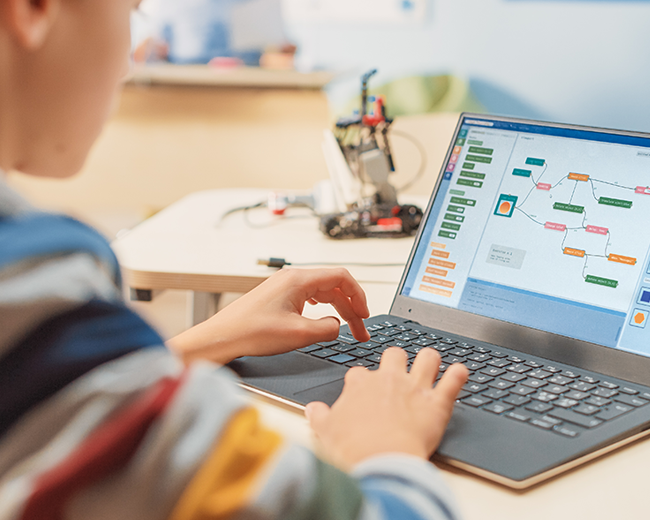- Subjects
- ELA/Literacy
- At-Home Learning
- Culturally and Linguistically Responsive Teaching
- Early Childhood Education
- ELL/ESL/ELD
- Gifted & Special Education
- Intervention
- Mathematics
- Professional Development
- Science/STEAM
- Social Studies
- Spanish Resources
- Test Prep
- Social-Emotional Learning
- Series Listing by Brand
- Trade
- Professional Learning
- Resources
- About Us
- Contact Us
ELA / Literacy
Content Knowledge
Foundational Skills
Literature
Reading Comprehension
Readers
Vocabulary
Writing
At-Home Learning
Culturally and Linguistically Responsive Teaching
Early Childhood Education
ELL/ESL/ELD
Gifted & Special Education
Intervention


